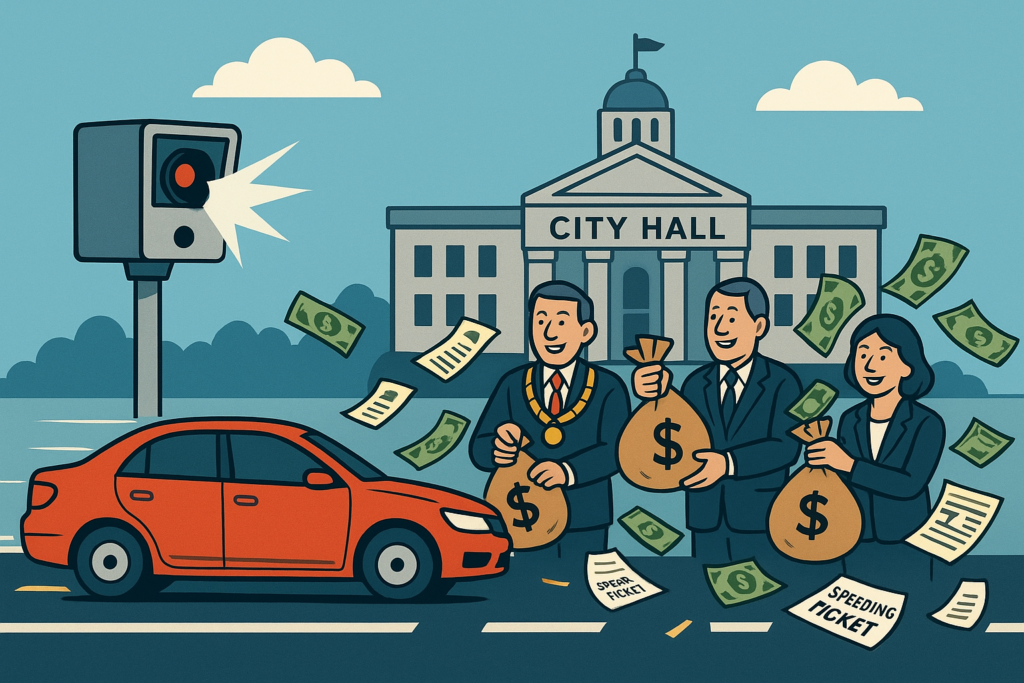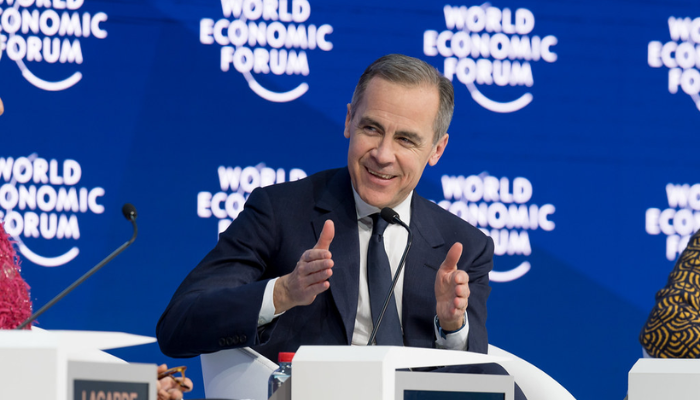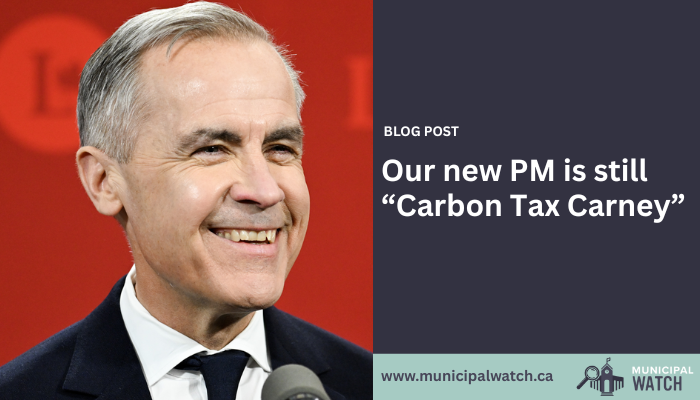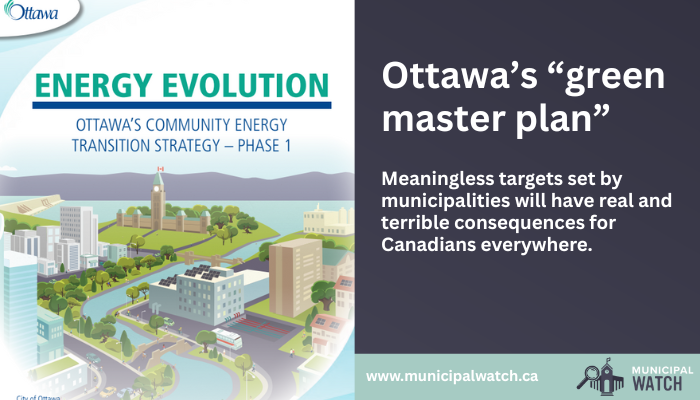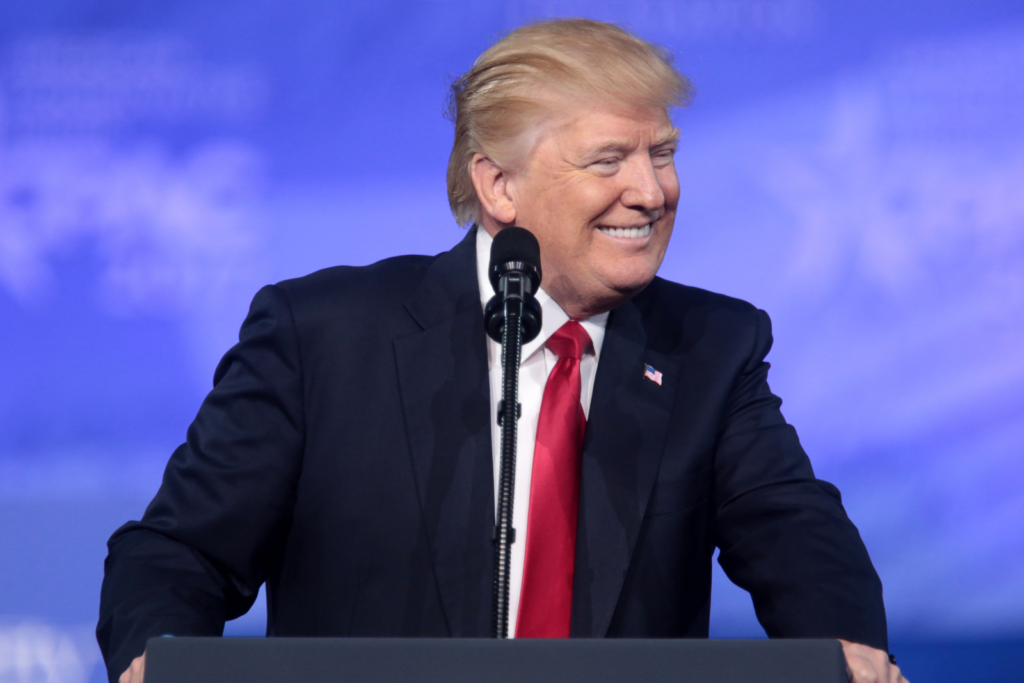The war on the car (aka the war on drivers) just suffered an important defeat, and in Ontario of all places!
No, Ontario has not (yet!) lifted its support for electric vehicle (EV) foolishness; in fact, Doug Ford reconfirmed his irresponsible pledge to EVs during the provincial election earlier this year. “I want to make it clear to every partner we have in Ontario’s electric vehicle and battery supply chain: a re-elected PC government will honour our commitment to invest in the sector,” he declared obstinately. How terribly short-sighted.
But, in a victory for Ontario drivers, the Progressive Conservative majority government in the Ontario legislature just passed a law that severely curtails municipal governments in that province from hounding drivers through an insidious and unfair “high-tech” tax: speed cameras.
Yes indeed, those annoying municipal speed cameras (also known as “automated speed enforcement” or ASE) were banned by Bill 56 and took effect just last week, on November 14, 2025.
Was the government of Ontario justified in banning its municipal governments from this cash-grabbing device?
Absolutely, yes.
These cameras turn every commute into a risk of penalties, and every driver into a potential ticket target. While school zone protection should be a top priority for municipalities, the function creep of cameras in suburban 30 or 40 km/h zones hints at something more: driving as a regulated gamble rather than a right. Ontario’s decision helps push back.
Across several Ontario jurisdictions, the number of tickets issued by speed cameras has soared. When Torontonians heard that one single camera in Toronto alone generated 70,000 tickets and more than $7 million in fines, it’s easy to see why Premier Ford’s “cash grab” accusation resonated with many drivers.
If these devices were primarily about stopping speeding, wouldn’t the number of infractions go down over time, not keep climbing?
Yet that’s exactly what has happened. Instead of a decline in offences, even more tickets were issued, and municipalities continued to collect more revenue. So, do these cameras work, or are they simply a device for local governments to increase revenue under the guise of road safety?
Municipalities claim that yes, the cameras worked, with studies showing speed reductions when the cameras were in place, as some local reports proclaim drops of 15 km/h or more in average speeds.
But that’s only one side of the story.
A camera might slow drivers in its immediate vicinity, but what happens a few blocks ahead or a few days later? Some reports indicated the effect was limited to the camera zone and, as soon as the camera location was passed, the lead-foot driver continued speeding. Without broader data showing overall driver behaviour change, we’re left with weak, cherry-picked “wins.”
There was also the murky issue of “hidden thresholds” for fines. Most municipalities quietly decided how far over the limit a driver could go before a camera actually issued a ticket—but they didn’t tell us what that threshold was. It might have been 8 km/h in one neighbourhood and 12 km/h in another, depending on how hungry city hall was for revenue that month. That secrecy contributed to the lack of public trust. If these cameras were truly about safety, why the mystery? The only logical conclusion is that the thresholds were being tweaked to maximize ticket revenue, not to protect pedestrians.
Rotating camera locations and limited signage also gave us the sense that enforcement was less about deterrence and more about revenue. Overall, this sounds more like “gotcha zone” than “safe zone”.
The province’s curtailing of these programs sends a clear message: enforcement should support safety, not fuel municipal budgets. At a time when cost of living and affordability are top of mind for most Canadians, it sends a strong message that local governments should not rely on speeding tickets as a funding stream.
The safety conversation should be about long-lasting, evidence-based approaches that calm traffic and make streets safer for everyone – with a focus on design and infrastructure improvements that naturally encourage safer driving. Built-in solutions that are durable and engineering-focused will offer a far more lasting impact than the fleeting and temporary impact of speed cameras.
Municipalities must do better than lazy and greedy cash grabs like this one. Relying on cameras is the lazy route. It says: we won’t fix the road, we’ll just penalize the driver. Meanwhile, school zones, seniors’ areas, and transit corridors deserve safety upgrades, not surprise tickets.
The current government of Ontario has been a huge disappointment for those of us who believe in smaller government, personal liberty, transparency and accountability, and the principle that politicians should keep the promises that they make.
But we should give credit where it’s due. On the issue of speed cameras, Ontario has stepped up and signalled that municipal enforcement must be about safety, not fundraising.
Now municipalities must respond, not with defiance, but with action. Make movement safe for all, without turning camera flashes into cash cows.
Because if speed enforcement becomes just another revenue stream, we, the drivers, lose more than money, we lose trust. And in public-safety policy, trust is everything.

